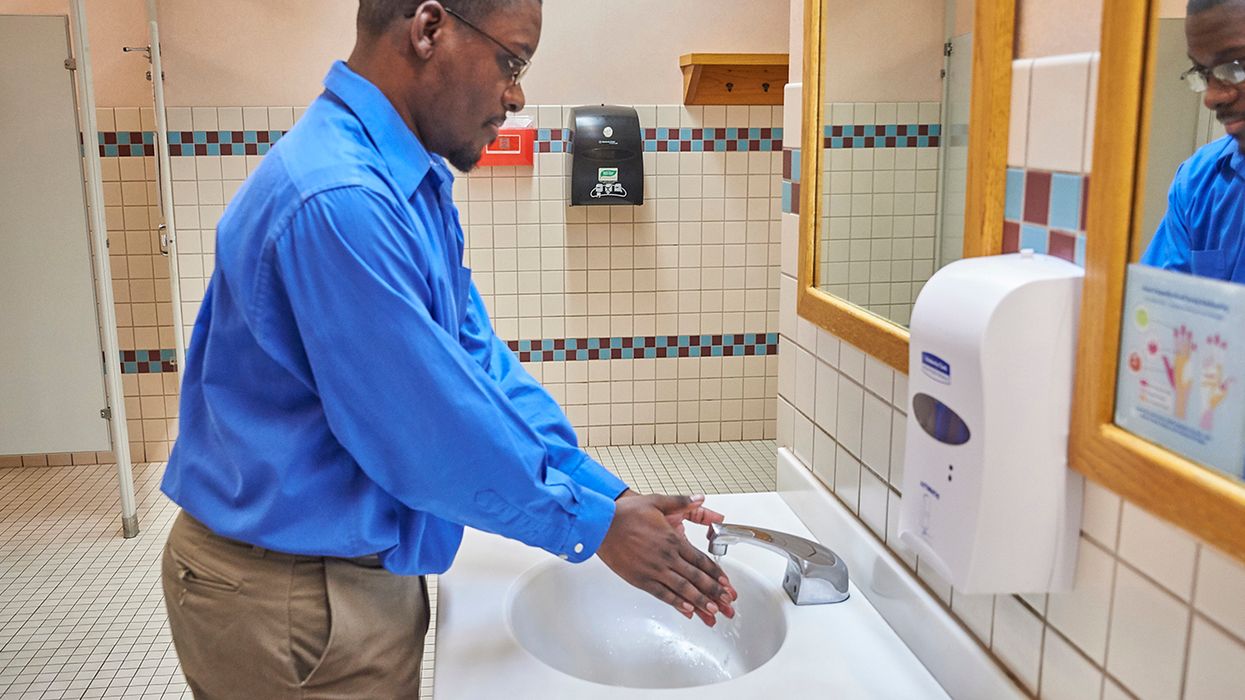Cracking the Code: Demystifying Common PPE Regulations
Did you know that head protection has become a hot topic in the world of personal protective equipment (PPE)? In a Trade Release published December 11, 2023, OSHA announced it would require its inspectors to wear Type II head protection, called safety helmets. These helmets offer protection not only from falling objects overhead but also from lateral impacts!
The general industry rule, 1910.135 Head Protection, states that the work environment will dictate the need for head protection. According to OSHA Enforcement Data, in 2022, the Agency issued 60 citations to employers for violations of 1910.235, averaging $3,128 in penalties per violation.
Based on a 2023 study by the J. J. Keller Center for Market Insights (referred to as “Study” throughout the rest of the article), the data shows that safety professionals feel training employees on most topics related to PPE usage is increasingly challenging. For hard hat training and other kinds of PPE discussed in this article, ensure that workers receive hands-on training on how to don and take off the PPE correctly.
Eye and face protection
Eye and face protection can keep even the tiniest particulates from causing serious damage to employees’ eyes or faces. OSHA’s standard on eye and face protection (1910.133) requires that you provide protection where employees are exposed to eye or face hazards from flying particles, molten metal, liquid chemicals, acids or caustic liquids, chemical gases or vapors, or potentially injurious light radiation. Side protection is required when there is a hazard from flying objects.
OSHA’s standard references ANSI Z87.1, American National Standard Practice for Occupational and Educational Eye and Face Protection at 1910.133(b). Protective eye and face protection devices must comply with the standard’s 2003, 1998, or 1989 editions. Safety glasses are often overlooked as being unnecessary. One Study participant told us, “People seem to disregard the importance of safety and PPE equipment...” Let workers know why they need to wear eye and face protection, not just that they need to.
Hearing protection
Hearing protection devices (HPDs) don’t block sound completely, but they provide enough protection by reducing sound reaching employees’ ears. Losing your sense of hearing is not an option; it’s up to you to provide your employees with the proper hearing protection.
Under OSHA’s 1910.95, Occupational Noise Exposure, employers must allow employees to select from various suitable hearing protection devices. Employers must ensure the noise reduction rating of hearing protection provides employees with adequate protection against harmful noises.
Respiratory protection
Respiratory protection is essential because it protects employees’ lungs from harmful airborne contaminants such as mist, dust, and gases or atmospheres with dangerously low oxygen levels. Airborne contaminants you can’t see, feel, or smell can damage employees’ lungs and other organs, and oxygen-deficient atmospheres can kill.
That’s why employers must provide respiratory protection, per 1910.134, in all environments when ventilation isn’t sufficient to control respiratory hazards. Workers often don’t want to wear respiratory protection because it’s inconvenient. The most common reasons employees did not wear PPE in the Study include not wanting to and not thinking it was necessary.
Hand and arm protection
If employees injured their hands or arms and lost the ability to use them, it would significantly impact their quality of life. Employees’ arms help them perform pulling and lifting movements. They work together, allowing them to perform basic tasks. You must assess employees’ work activities and determine what gloves and arm protection they need and that they fit properly. In the Study, some participants indicated finding the right-sized PPE for female workers was still difficult.
Employees’ hands can be exposed to many hazards, including skin absorption of harmful substances, severe cuts or lacerations, severe abrasions, punctures, chemical burns, thermal burns, and harmful temperature extremes. OSHA requires that you protect employees from these hazards at their 1910.138 Hand Protection standard.
Leg protection
Think about it: Employees move between places with their feet and legs. Imagine having a foot and leg injury, or worse, losing their use from a disabling injury. How would they cope? Their lives would be difficult. According to the Study, durability continues to be the most important feature when buying PPE, such as footwear.
OSHA’s standard on foot protection (1910.136) requires that you provide employees protective footwear when working in areas where there is a danger of foot injuries due to falling or rolling objects, or objects piercing the sole, or when the use of protective footwear will protect the affected employee from an electrical hazard.
Perform a proper safety assessment at your workplace and ensure workers are provided with the necessary PPE to protect themselves from exposure to hazards.
Key to remember
Employers should work with their employees to choose PPE that addresses the hazard and is comfortable and practical to wear. Remember to account for paint points that may influence how and why workers use PPE.


















































